The Magic of Audio Effects: How Reverb and Delay Can Transform Your Sounds

In this post, we'll delve deep into the mechanics of reverb and delay, examining the technical aspects of how they function and providing practical advice on how to use them to their best potential.
1. What is reverb?

Reverb refers to the natural persistence of sound after the originating source has stopped. It occurs when sound waves bounce off surfaces in an environment, resulting in a succession of decaying echoes. Reverb is used in music production to add distance and depth to sounds. Without reverb, a mix might sound flat and lifeless, yet adding the correct amount can make it full and vibrant.
Types of Reverb
There are various forms of reverb, each with unique characteristics:
- Plate Reverb: This effect mimics the sound of vibrations passing through a thin metal plate and is noted for its smooth fade and luscious tone. Perfect for singing and drumming.
- Hall Reverb: simulates the acoustics of huge music halls. It gives compositions a spacious sense, ideal for symphonic or cinematic music.
- Room Reverb : simulates smaller environments such as studios or rooms. It is more regulated and used to give tracks a natural atmosphere without overwhelming them.
Practical Tips for Using Reverb
- Start with the pre-delay: Adjusting the pre-delay (the time it takes for reverb to kick in after the original sound) allows your sound to remain clear before the reverb effect adds depth. A longer pre-delay is beneficial for keeping vocal clarity in complex mixes.
- Decay Time is Key: The decay time determines how long the reverberation lasts. Keep tight, rhythmic tracks short. Longer decay times are suitable for ambient and atmospheric tracks.
- EQ your reverb: Avoid muddy mixes by removing low frequencies from your reverb, especially on bass-heavy instruments.
2. What is a delay?

Delay is the replaying of a sound after a brief period, resulting in an echo effect. It can be used to provide rhythmic interest to a song or to produce a sense of space and depth akin to reverb, but with more control over the timing and number of echoes.
Different types of delays
- Tape Delay: This effect mimics the sound of antique tape machines, giving your echoes a warm, analog tone. It's great for giving vocals and guitars more character.
- Digital Delay provides exact control over delay time and feedback, making it excellent for creating complicated echo patterns.
- Ping-Pong Delay: Alternates the delayed signal between the left and right channels, producing a stereo effect that adds movement to the sound.
Practical Tips for Using Delays
- Match the delay time to your track's tempo. Setting the delay duration to match the song's BPM ensures that the echoes complement the rhythm rather than fight with it. Use synchronized delays for tight grooves.
- Use Feedback Wisely. The feedback control governs how many repetitions occur. Too much feedback can cause clutter, yet just the perfect amount can add depth without overwhelming the mix.
- Experiment with modulation Adding modulation to your delay (such as a chorus or flanger effect) creates additional movement and texture, making your echoes feel less static.
3. Using Reverb and Delay for Maximum Impact.
While reverb and delay are powerful on their own, they work best when combined. When combined, they can create a deep, immersive atmosphere that heightens the emotional effect of your music.
Layering Techniques
- Delay First, Reverb Second: Placing delay before reverb allows for rhythmic echoes that gradually fade into a broader, ambient area. This technique is ideal for lead instruments or vocals that require clarity and space.
- Sidechaining Reverb: Sidechaining the reverb to the dry signal ensures that the reverb only comes in when the original sound fades, keeping the mix clean and preventing excessive reverb build-up. Avoiding Common Pitfalls.
- Do Not Overdo It: Too much reverb might make your mix sound washed out and muddy. Similarly, excessive delay might result in clutter. When balancing wet/dry mixes, it's important to consider how the effects fit into the overall mix.
4. Creative Applications of Reverb and Delay
Beyond their typical duties, reverb and delay can be utilized creatively to influence your sound in unexpected ways.
- Reverse Reverb: By reversing a sound and applying reverb before reversing it again, you may achieve a "swell" effect that leads into the main sound. This approach is frequently employed to generate tension and drama.
- Slapback Delay is a short, single echo (often 80-120ms) that adds modest thickness to vocals and instruments.
Conclusion: Embrace Magic.
Reverb and delay are more than just tools for filling out your mix; they are artistic elements that can transform your sound. Whether you want to make expansive, ambient soundscapes or tight, rhythmic echoes, mastering these effects will allow you to add depth, emotion, and character to your music.
Remember, balance is vital. Experiment with various settings, types, and combinations, and never doubt your hearing. With practice, you'll realize the full potential of these tremendous impacts, propelling your productivity to the next level.
Disclaimer: I use Cubase plugins regularly in my production but have no affiliation with Steinberg and do not receive compensation for mentioning them. My opinions are based on personal experience.


